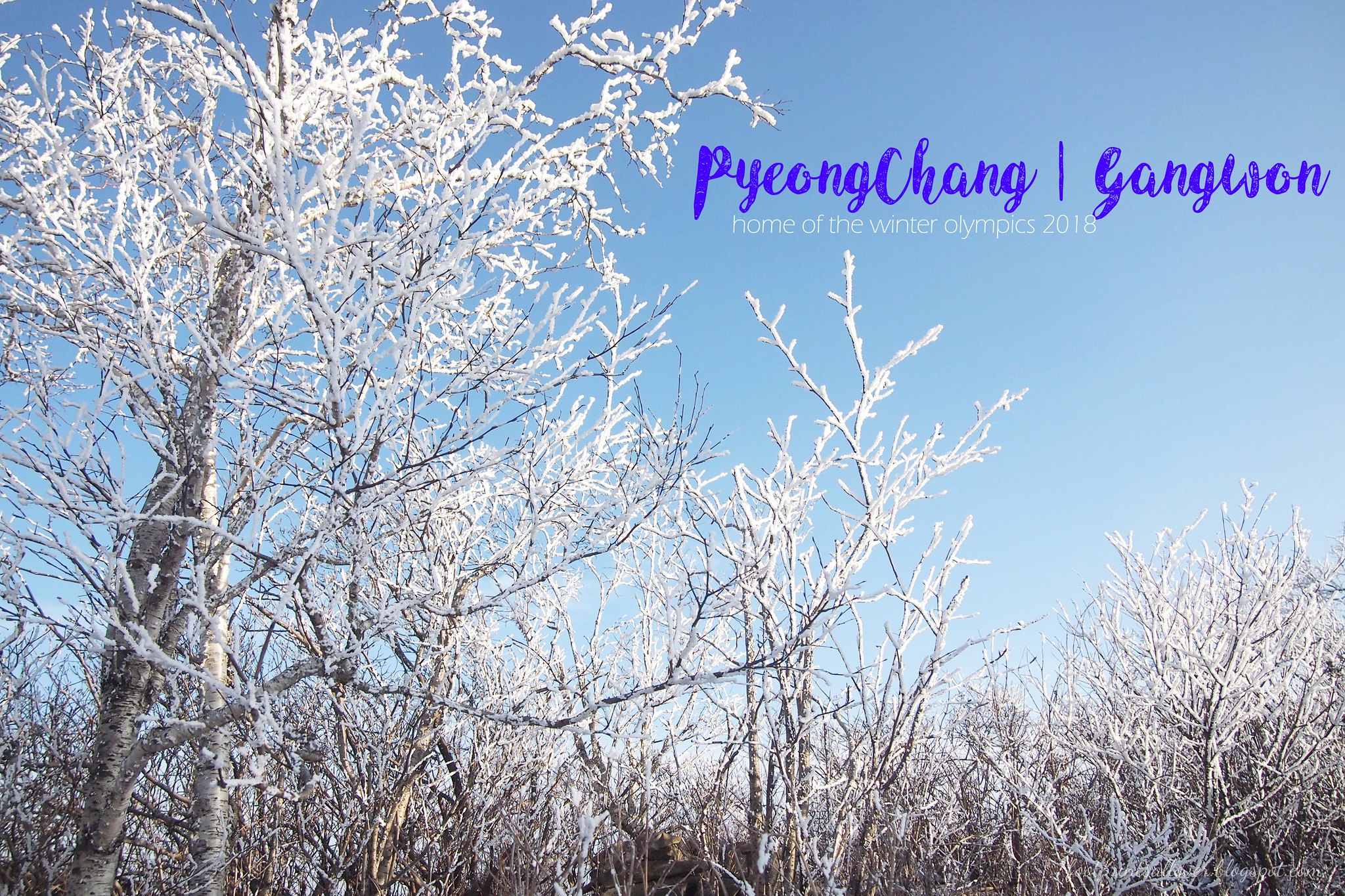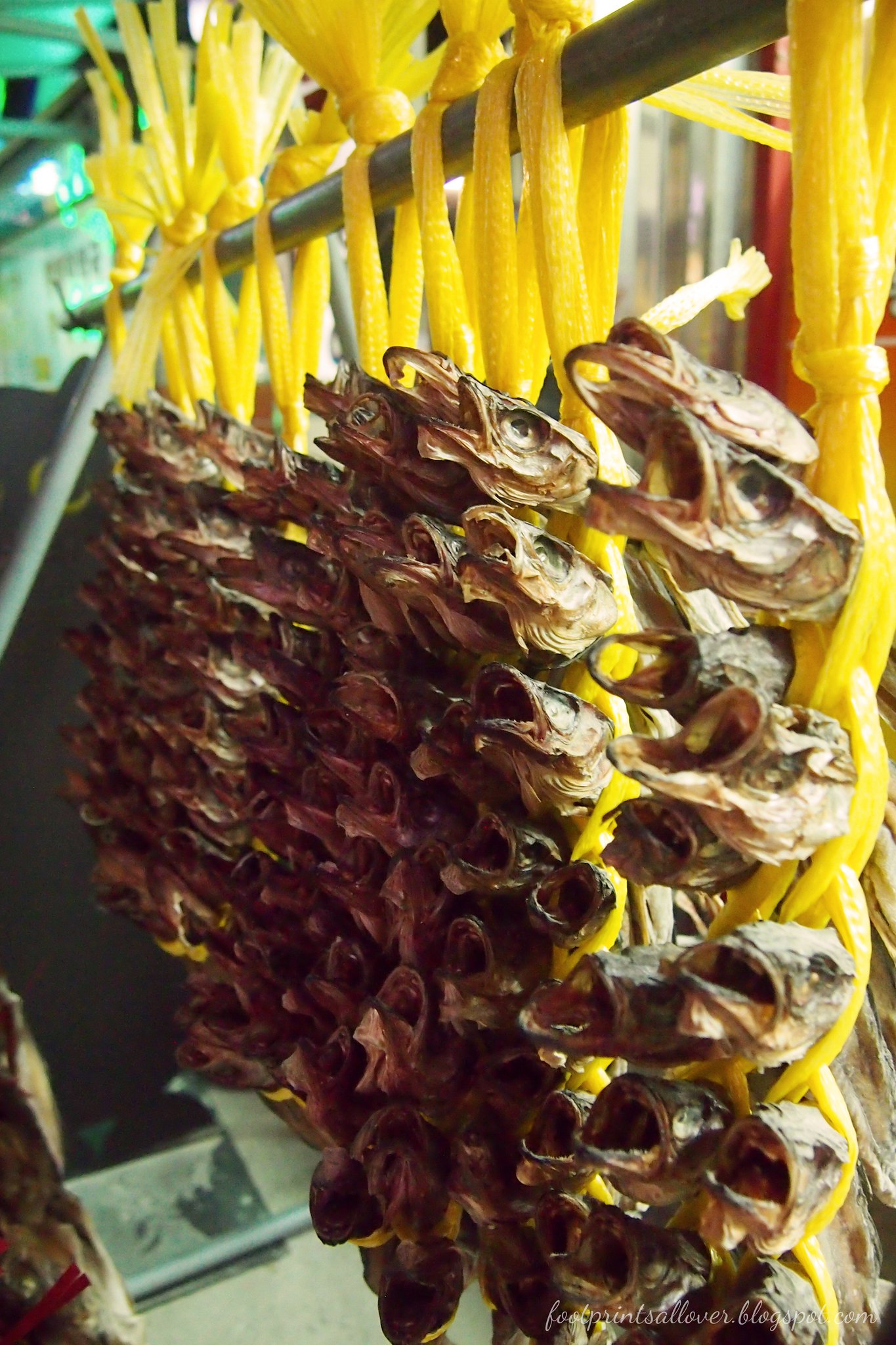

- Ski goggles: protect your eyes from direct sunlight and light reflected from snow-covered fields. Extremely useful for shutting out wind and cold air.
- Beanie, gloves and scarfs: prevent skin from being exposed to too much sunlight. Also to keep warm.
- Lip balm, sunscreen: moisturise your lips since winter weather is mostly cold and dry.
- Heat pack: extremely handy in keeping your hands warm.
- Ski jacket and pants: prevent wind from entering the body since they are mostly made from wind-resistant and waterproof materials.
- Skis and snowboarding: plenty of rental shops available within or outside the resorts.
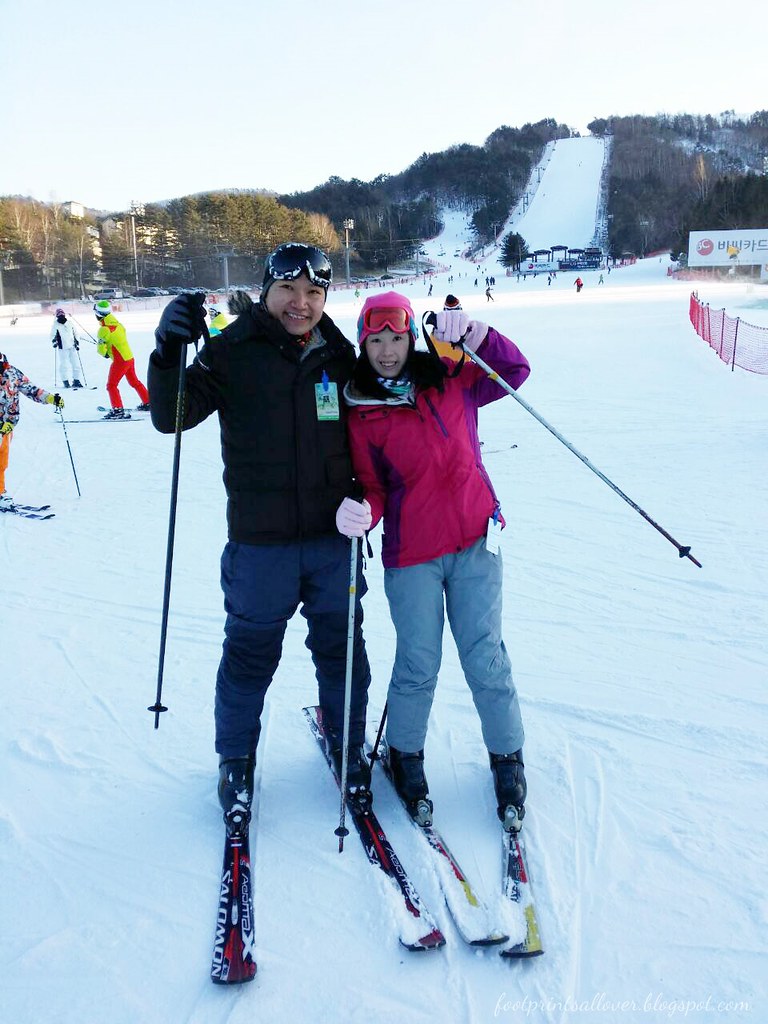
Our 2-day ski trip at Yongpyong Resort.
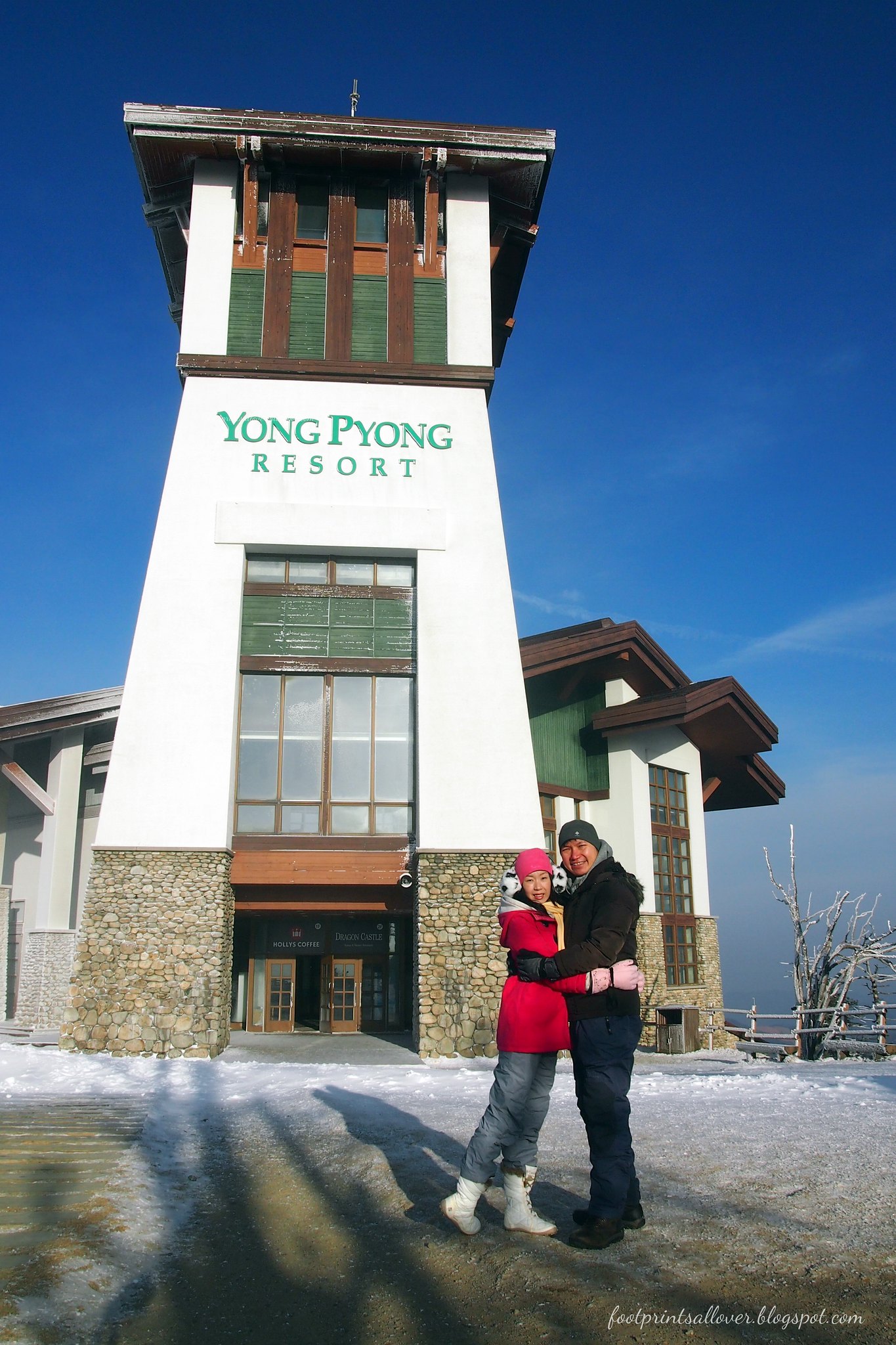

Besides skiing, we also visited the famous Dragon Peak at Yongpyong Resort. This is the filming site of K-dramas such as Goblin, That Winter, the Wind Blows and Winter Sonata. Well, no Gong Yoo by my side so have to make do with Leecher, lol! Stay tuned for more as I will be sharing more of our adventures in Yongpyong resort :)
Visitors can also discover a whole new experience in skiing through the Ski Korea Festival, which combines 4-day ski festival and a 2-day snowtube race festival. You can refer to here for more details on the various festivals - something to check out on your next winter trip to Korea! Speaking of winter sports, there will be 15 winter sports disciplines included in this Winter Olympics. These are divided into snow, ice and sliding sports.
Snow Sports

*pic credits to PyeongChang2018 official website
- Alpine skiing: a sport where a skier speeds down snow-covered slopes on skis with fixed heel bindings.
- Biathlon: combined sport of cross-country skiing and rifle shooting. The athletes ski around a certain distance with a rifle carried on their back and have to shoot at targets in a designated shooting area.
- Cross-Country Skiing: a sport in which athletes ski along a designated course on snow-covered hills and fields. It emerged from a need to travel over snow-covered terrain and was developed as a sport at the end of 19th century.
- Freestyle Skiing: combines speed, snowman-ship and the ability to perform aerials, moguls, cross, half-pipe and slope-style tricks while skiing.
- Nordic Combined: brings cross-country skiing and ski jumping together. It requires techniques and great physical strength.
- Ski Jumping: athletes descend a specially constructed ramp and takeoff with as much power as they can generate, to fly as far as possible down a steeply sloped hill.
- Snowboard: a sport that uses a board attached to athlete's feet to speed down a specially designed slope.
Cross country skiing and ski jumping are probably the oldest ski sports in the games, having debuted in the first Winter Games in 1924. For ski jumping, my heart tends to skip a beat when the skiers glide down the ramp to jump and fly as far as they can go from the launching zone to the landing section. They must have enjoy the excitement and imagine the adrenaline rushing through the body as they fly through the air.
Sliding Sports
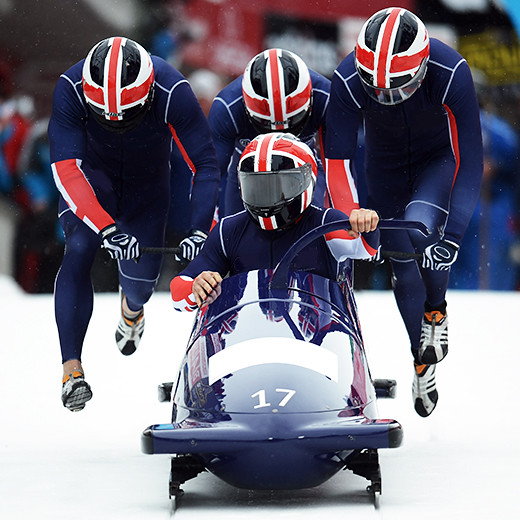
*pic credits to PyeongChang2018 official website
- Bobsleigh: teams of two or four athletes make timed runs down narrow, twisting, banked, iced tracks in a gravity-powered sled. The timed runs are combined to calculate the final score.
- Luge: athlete slide down a frozen track lying on a sled in the supine position.
- Skeleton: athlete slide down a frozen track on a sled in the prone position. The sled is controlled by the shoulders and knees.
In this category, athletes start with a 'push' phrase where the athlete sprints, pushing the sled to generate as much speed and acceleration as possible over the short distance to propel their body down the ice track. Speeds of 140km/h is common and at these speeds, it is inevitable that forces of gravity will hit 5G's and possibly, 6G's. Not everyone can withstand these type of forces.
Ice Sports
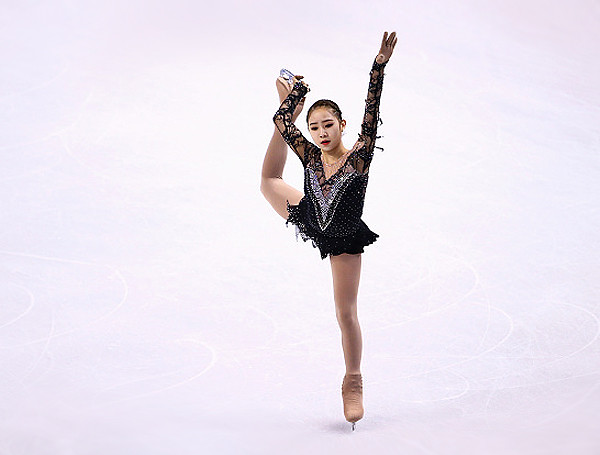
*pic credits to PyeongChang2018 official website
- Curling: two teams, each with 4 curlers, take turn sliding heavy, polished granite stones across the ice "curling sheet" towards the "house", or the target area.
- Figure Skating: where skaters perform jumps, spins and artistic performances skating on ice to music.
- Ice Hockey: contact team sport played in a rink, in which two teams of six skaters use their sticks to shoot a rubber puck into the opponent's net to score goals.
- Short Track Speed Skating: where skaters skate on an oval ice track with a circumference of 111.12m.
- Speed Skating: where two competitors race each other as fast as they can on a 400m ice rink.
******
Now that we have learnt more about the various winter sports, it's time to mark the calendar for the event dates of these sports so we can cheer for the athletes as they compete against one another for the highly coveted Olympics medals!

